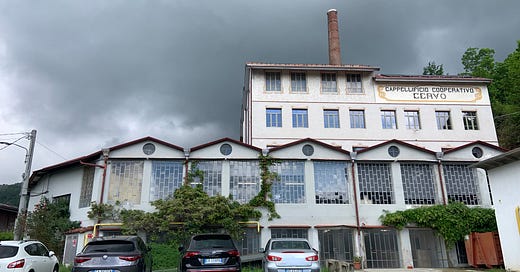The Birth of Hats: Inside a Hat Factory
They call them “The Cathedrals of Work” and people come in droves when the chance arises to go inside to see how our grandparents and great-grandparents worked. Today, we visit an antique hat factory.
I find myself in front of the entrance to an old factory that has been abandoned for decades. The ancient building has a sad appearance: the walls are crumbling, and the windows are partly without glass, giving the impression of a homeless person who no longer even asks for alms.
This impression is increased further by a luxury clothing shop with an entrance in the same building on the right.
I turn towards the access road. A crowd waits to enter and many, very many, arrive every minute. But they don't have to go into the store, there's no sale. They have to visit the abandoned factory. Because today, for one day, you can visit the building accompanied by a guide.
This branch of science is called “industrial archeology” and it was born about 50 years ago in the United Kingdom…
…which studies the finds and testimonies of the era of the industrial revolution, in all its aspects and contents (machines, buildings, technologies, infrastructures) and the economic and social consequences resulting from it. (Treccani encyclopedia)
I have already written about some industries —
about the workers in the rice fields The Hard Life Of Rice Paddy Weeding Female Workers Called Mondine
about the people who, living in the high mountains, invented the job of picking hair and producing wigs, Scary Medieval Professions. Walking in Maira Valley
about an entire ideal city built by the Olivetti family around their factory Utopia — The Dream Of An Ideal City Realized By Olivetti Family In Ivrea
Today I want to tell you how hats are produced in a hat factory.
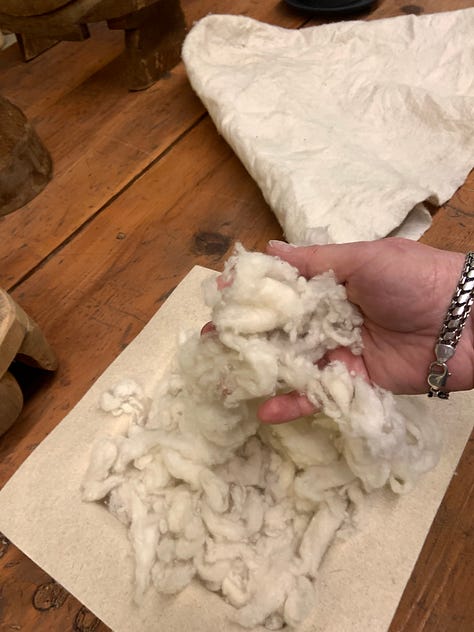
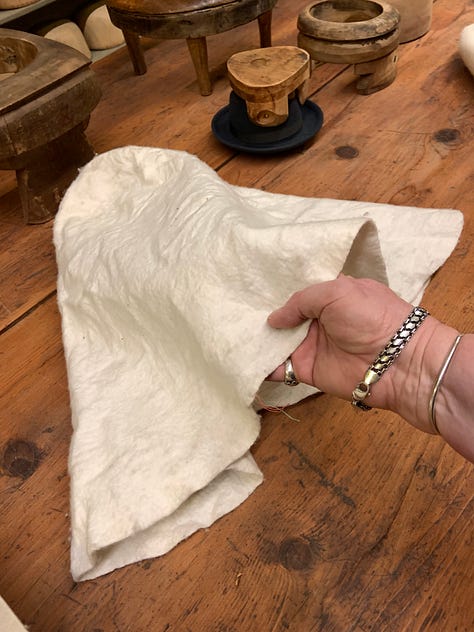
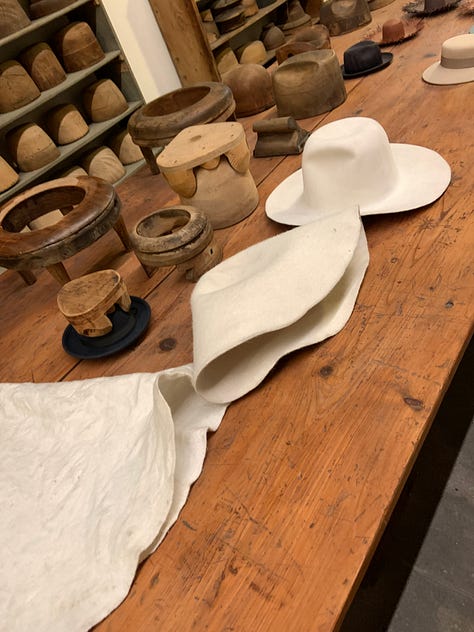

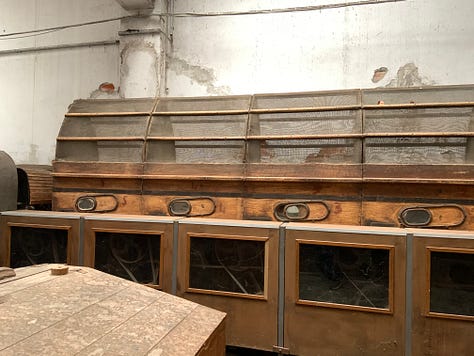
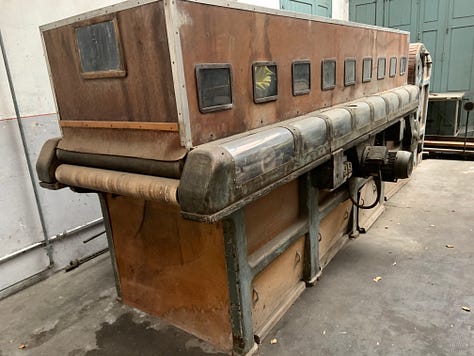


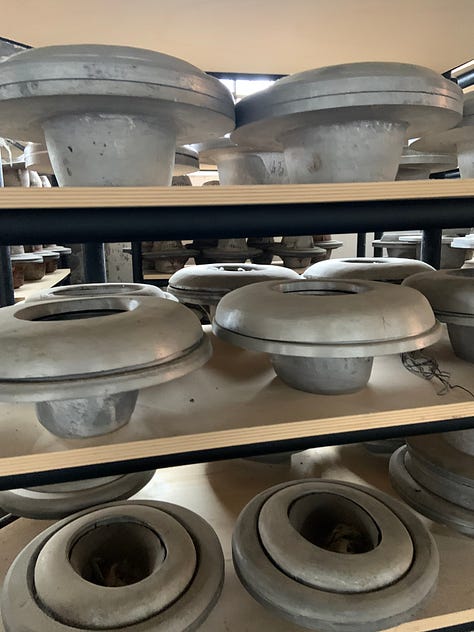
Years ago Biella, situated in Piedmont, Italy, was an industrial city with many factories known throughout the world for its wool fabrics, above all, but also for many other luxury brands. One of the oldest was Barbisio, which produced the hats.
The main reason why felt, hats were so good in the Biella area was and is its particularly pure water. In truth, it is precisely here that the lightest water in at least all of Europe comes from, “Lauretana”.
The felt for the hats is created still from rabbit fur using limescale-free steam. Factory workers remember that the steam in the factory was so dense that they could not see anything within a meter.
Sponsored Content
The felt had to have a homogeneous consistency which was then checked in the “court”, a case with the lamp. If the work was not good, the worker had to pay for the ruined goods. That's why “the court”.
After creating the cones, the felt needed to be pulled to create the edges of the hat. This work is so heavy that it is done by men, the current owner of the factory told me (while she was pulling the edges of a hat with a lot of effort).



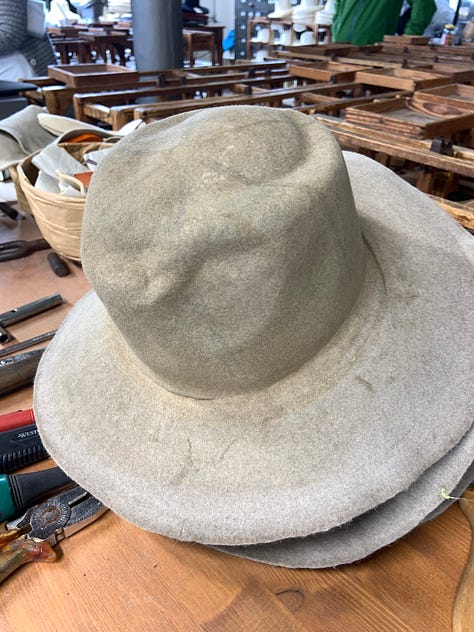
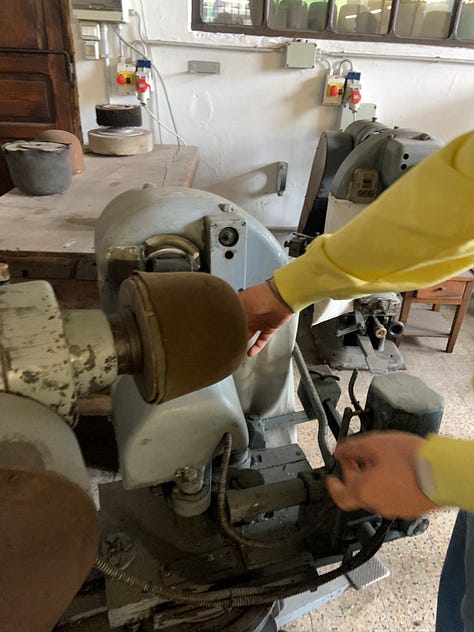
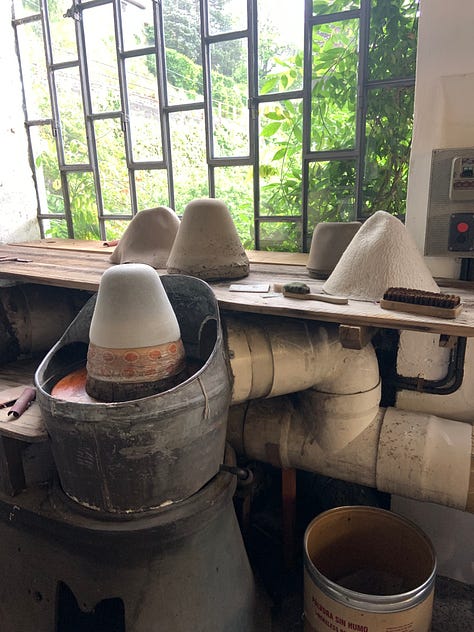
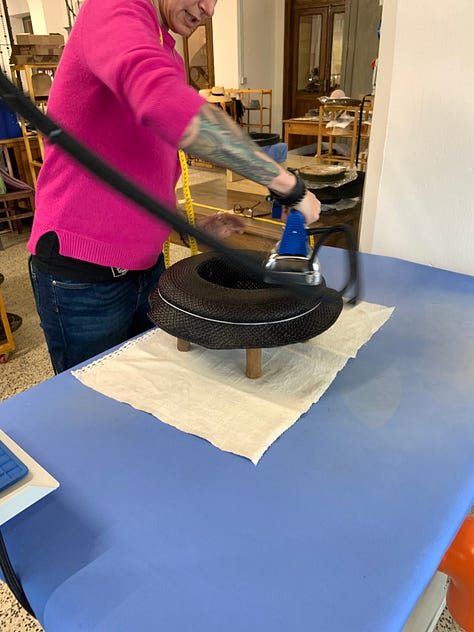
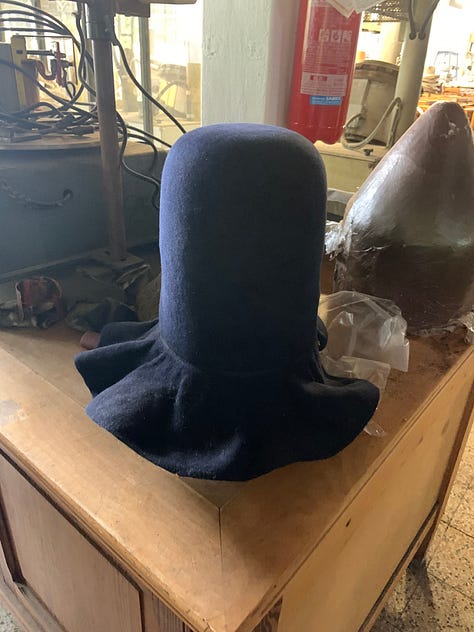

As you see in the photos, there are many wooden shapes in the factory. The worker chooses one shape for the edges and one for the top. After making the hat, it is white and is to be painted.
Today the machines are different, and sustainability rules are also observed. But the work is still very tiring.
Once upon a time, there were 31 hat factories in this area alone. Today, this factory, Cappellificio Cervo, including the other brand, Barbisio, is one of the last remaining in the world. It is the only one that has never changed its location. They not only preserved the original building, but also the machines and tools that they show during guided tours.
Did you enjoy this article? I would be very grateful if you click on the button ⬇︎ and share it with your friends.
Write me if you have questions, and I’ll be happy to answer.
Sponsored Content
Learn how to get your local business ranked #1 on Google


